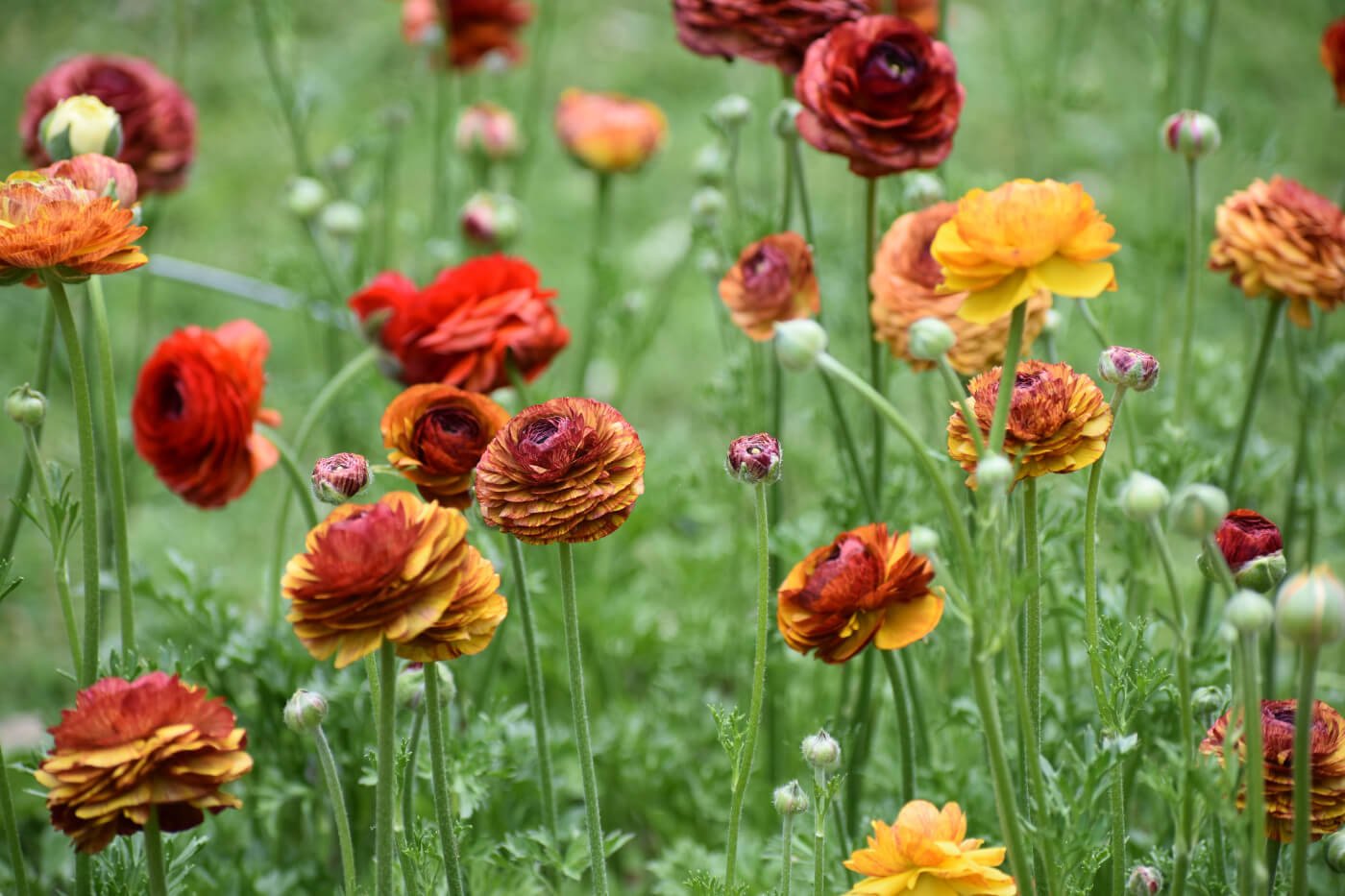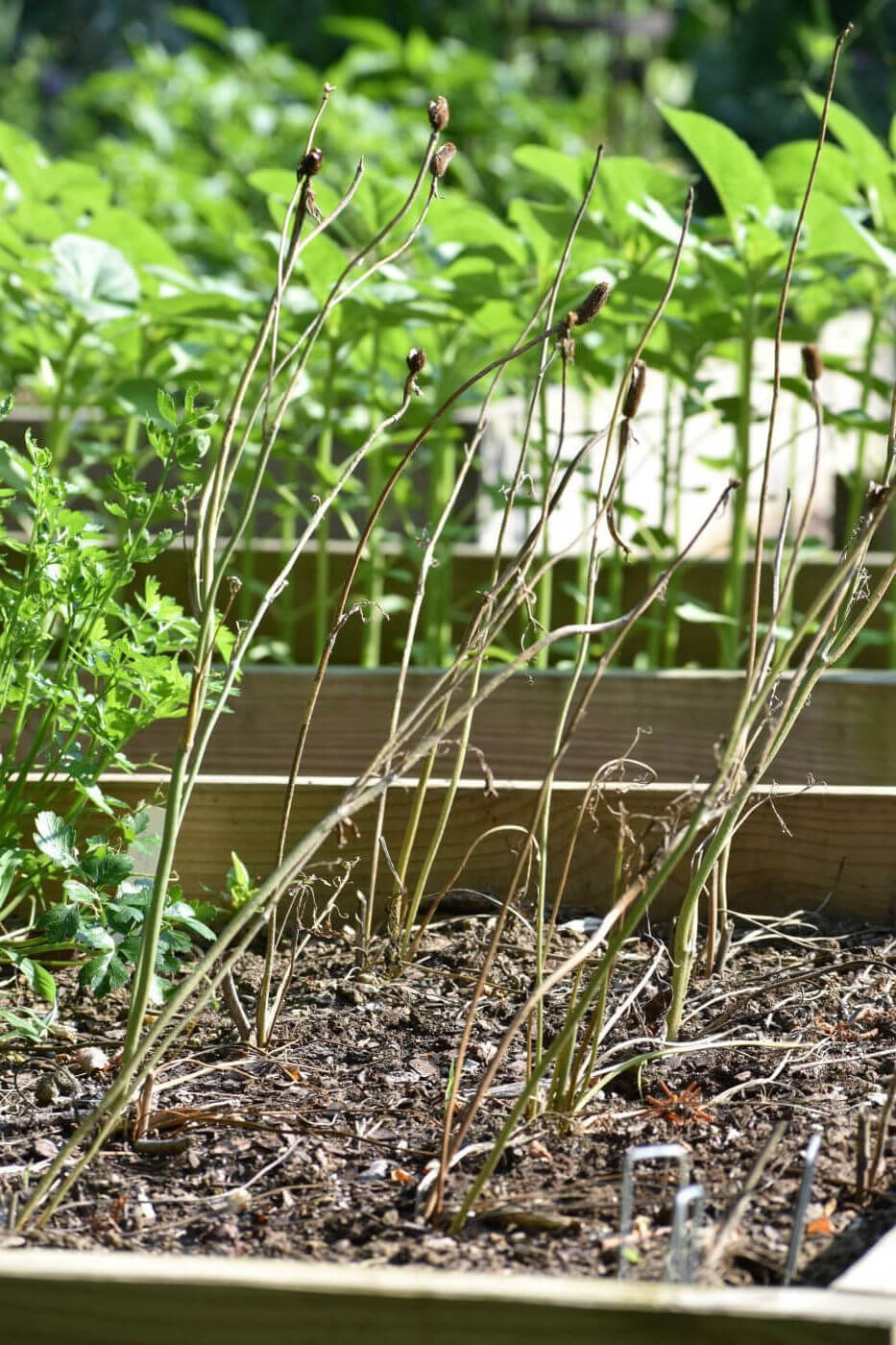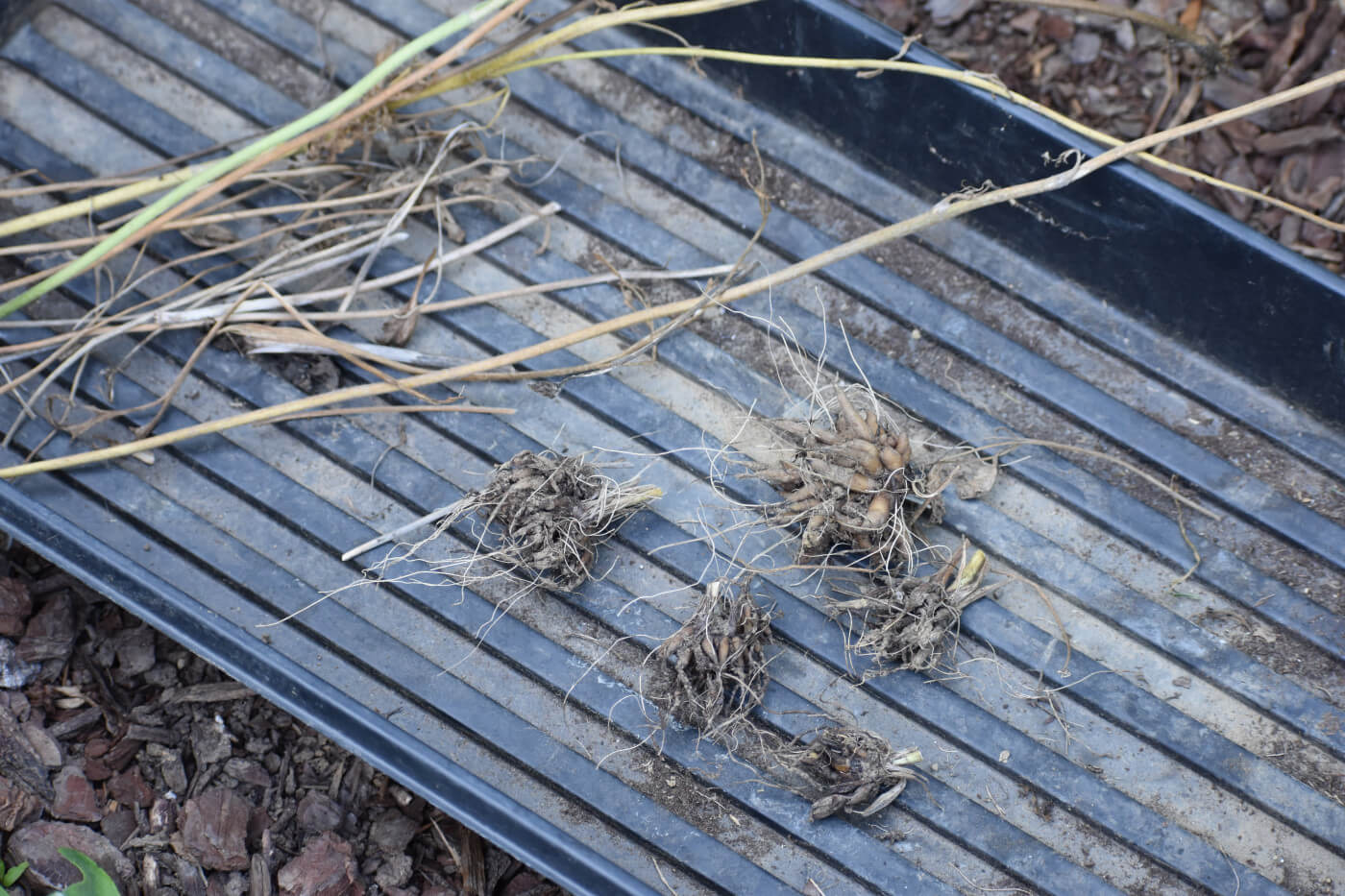Practical Tips for Overwintering Ranunculus Corms
The late spring garden wouldn't be complete without a bed of delicate ranunculus flowers blowing in the breeze. Their tissue paper petals, exquisite rose form, and long vase life makes them a perfect cut flower. Although growing ranunculus requires more time and effort than the average flower, digging and storing the corms for subsequent years is quick and easy.

Ranunculus begin to bloom in late spring and will continue to flower into early summer. Similar to pansies, they go dormant as the heat of summer increases. Flowering tapers off and the plants gradually go from green to yellow and then brown. At this point, the corms can be dug and stored. Gardeners in zone 6b and colder should dig their ranunculus corms and store them indoors. Although the foliage can handle frost, the corms and roots will not tolerate a freeze/thaw cycle. Additionally, the corms may rot if they sit in wet, cold soil over the winter.

How to Dig Ranunculus Corms
Once the plants have turned brown, dig up the corms and cut off the stems and dead foliage. Place the corms in a seed tray or crate and allow them to dry for a few days. If ranunculus corms are moist or wet during storage, they may succumb to mold or rot.

How to Store Ranunculus Corms
When the corms are completely dry, place them into mesh bags. Label the bags with the variety name and store them in a dry, dark, cool location until the following year. A dry basement is an ideal storage location. However, any room that doesn't experience freezing temperatures or excessive heat and humidity will be fine.

That's all there is to it! In the late winter, bring the corms out of storage and start the pre-sprouting process again!

Shop our complete selection of fall-planted ranunculus corms HERE. Shop our complete selection of spring-planted ranunculus corms HERE.
